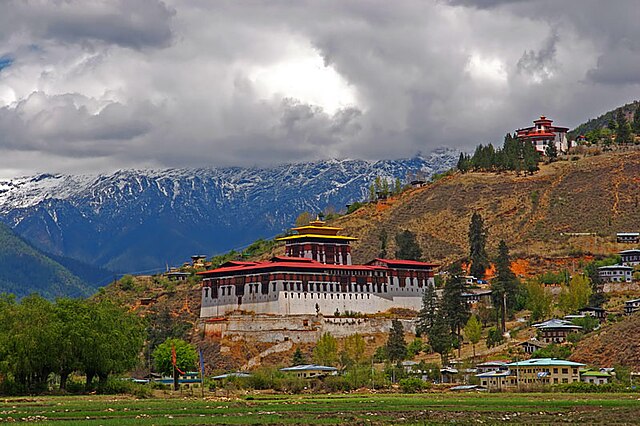The Tsa Yig is any monastic constitution or code of moral discipline based on codified Tibetan Buddhist precepts. Every Tibetan monastery and convent had its own Tsa Yig, and the variation in Tsa Yig content shows a degree of autonomy and internal democracy.
Shabdrung Ngawang Namgyal instituted the Tsa Yig and the Cho-sid-nyi (dual system) in Bhutan
Penlop (governor) Ugyen Wangchuck consolidated power as Druk Gyalpo (hereditary monarch) and Druk Desi in Bhutan, and extensively revised the Tsa Yig
Bhutan, officially the Kingdom of Bhutan, is a landlocked country in South Asia situated in the Eastern Himalayas between China in the north and India in the south. With a population of over 727,145 and a territory of 38,394 square kilometres (14,824 sq mi), Bhutan ranks 133rd in land area and 160th in population. Bhutan is a constitutional monarchy with a king as the head of state and a prime minister as the head of government. Vajrayana Buddhism is the state religion and the Je Khenpo is the head of the state religion.
The dzong in the Paro valley, built in 1646
The Portuguese cannons in the National museum of Paro.
Trashigang Dzong, built in 1659
Sketch of Bhutan's interior, 1783






